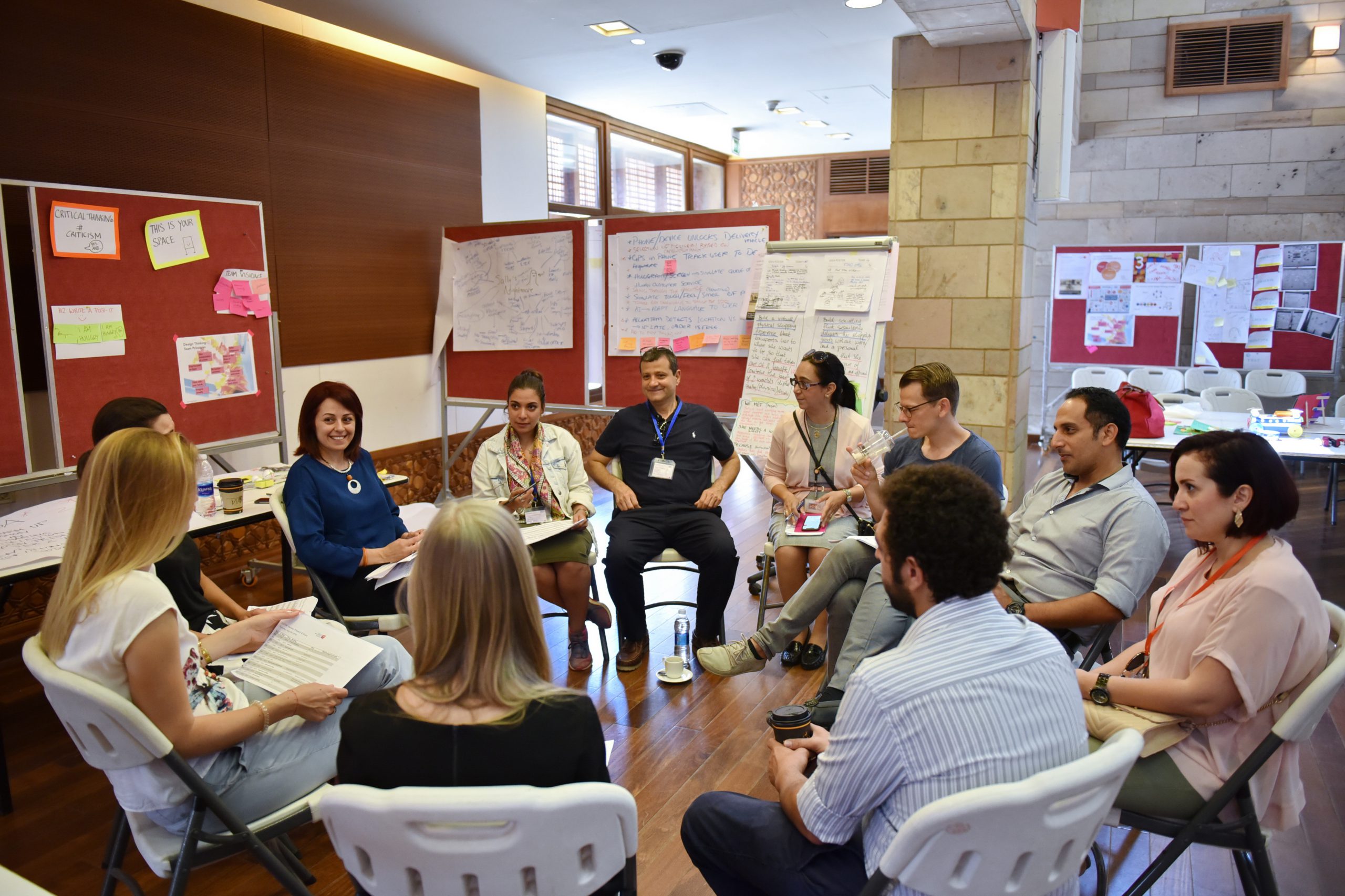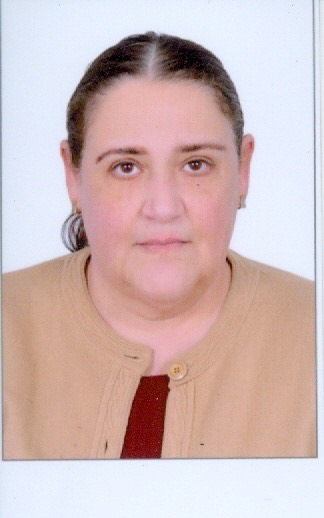CLT invited faculty from across the disciplines to tell us how they started their fall semester. These are their contributions:
Elisabeth Kennedy, HIST
I started the semester with serious and pervasive doubts that I could accomplish online what I strive to make the core experience of my in-person courses: creating a safe space to delve deeply into issues of comparative religion, establishing a foundation of trust that allows open dialogue across religious lines in an interfaith classroom. The first week, I invited students to write in our discussion forum their first memory of encountering religion, then to categorize it using an analytical framework I had introduced in the week’s reading. My sixty students each shared stories of such depth and vulnerability that our class community leapt forward several stages more quickly than the usual growth trajectory. I learned that when students show up invested in their learning, there is little that can stand in the way. I am also realizing that online spaces have their own algorithm for inviting self-disclosure, their own unique alchemy of public/private discourse—and these distinctive dynamics can actually work quite powerfully to spark openness and authenticity in our classrooms.
Jamal Haidar, ECON
I started my Fall 2020 semester by giving a warranty to my students that I will give them remotely the same learning experience that they would otherwise get from me during face-to-face classes. I sent them a “Welcome Aboard” email with five points highlighting how I plan to teach online this semester. First, I informed that I will hold my classes in interactive and live modes via Zoom during scheduled class times. Second, I stressed that I will also be available during office hours to answer additional questions they have on one-to-one basis via Zoom after they reserve slots via Calendly. Third, I confirmed that I will share with them all class material via Blackboard, so they do not have to worry about taking notes but just to learn. Fourth, I assured that I will be sending weekly announcements via email and assignments via Blackboard with clear expectations and deadlines as well as that feedback will be provided on an individual basis after each deadline. Fifth, I guided students to the syllabus that shows the course roadmap by session.
Khalil ElKhodary, MENG
My preparation started early in the summer. I put together lecture-by-lecture material for a new course (the Finite Element Method and Applications in Design). I then worked out my intended projects and assignments for each of my courses. Due to a preponderance of equations & diagrams that I prefer to hand-write & sketch as I teach, I got myself a Surface Book Laptop, to facilitate such annotations during my Zoom sessions (every class). Availing remote connectivity to the CADLABs for student software usage was also necessary. My focus then shifted to ‘securing’ my assignments, quizzes and projects. First, I checked that all my graded assignments have no solutions online. Next, I decided that for my quizzes/participation component I would solve a problem in class (which I record), and then ask students to pose their own version of it and solve that version (modified within bounds that I clarify) over the course of the week. As such, no two student submissions can match beyond a predefined limit, and students need not stress out over connectivity issues. Lastly, I redesigned my projects for easier follow-up (more milestones), and with smaller teams in mind. My exams will most likely be of a ‘take-home’ format, unless a safe opportunity for F2F exams materializes
Momen ElHusseiny, ARCH
The semester started with a sweet recall of the value of learning as a mutual process between us, educators, and students as active participants. The essence of the reminder posits that online pedagogy is not a technical challenge of delivering knowledge, but rather a social, cultural, and spatial construct that shapes’ learning as an action’ (and interaction) and not reaction. The value of connectivity and engagement is mutually conducive to successful education. Given this set of limitations, one started off the semester with another bitter truth that I cannot assign my urban design students with a real contextual-site for their design project. The usual way is to go out, explore, and learn from and by the city. This challenge embodies the ‘wicked problem’ of moving f2f teaching to virtual space. It transcends all barriers. However, a reminder, all significant innovations came out from stringent constraints.
In retrospect, I resolved that this semester’s urban design project would reshuffle the personal and the public to explore new questions nearly everyone felt by the pandemic. It is an urban imaginary question, what constitutes the “urban home.” For the first time, people are optimizing their usage of ‘home’ and extend its four walls to unchartered territories. Students, families, and friends are utilizing balconies, roofs, underutilized urban pockets round the corner. New explorations are happening due to original findings regarding the ‘new public/private home.’ Such exploration is pushing our epistemological foundations of ‘home’ beyond its physicality into the cognitive realization of ‘dwelling’ in our neighborhoods as an essential need for empathy, care, and togetherness with the community around us; we seldom ignored previously. In that regard, every student is redefining their ‘urban home’ in a new lens, engaging with theories and practice to explore the city’s new understanding as a space of collaborative care.
Rania Jabr, IEP
After spending many days carefully preparing, the first day of fall 2020 arrived. I have prepared well. I have “sharpened my saw” (Stephen Covey). Truth be told, I was a bit anxious, which is always a positive attitude. It gives me a welcome boost to deal with anything new or unknown. However, I do love new beginnings. To me, any fall semester is a new beginning. I wondered about whether this fall ought to be different. By the end of the day, I realized it was not any different. All my students were there on Zoom, eager, actually as eager as I am, ready to engage in the journey of learning and discovery I carefully charted in the past months. We all seemed to have a tacit agreement that nothing will stop us. Certainly, not COVID. We are here and the rules of engagement are clear. Let us explore, discover, and investigate, but also have fun in doing so. At the end of the course, in the months ahead, my students may not remember my syllabus, my learning outcomes, or my assignments, but they will certainly remember how they felt when they participated in my journey of discovery and learning.
To achieve this, I focus on two tasks: Student-led Teaching and Reflection. In the first type of learning structure, students in pairs become “instructors” for the day. They select the article (pending my approval & related to the topic of the week), create their Google Slides to present it, create their quiz (sometimes these can be quite challenging), and prepare to actually lead the class. On Zoom, I make them co-hosts and the fun begins. This hour is exciting, informative, and to say the least extremely engaging. The interaction, the bouncing off of ideas, and the “bonding” is simply unmatched by any other task I have ever used in my classes. As for reflection, this comes at the end of the Student-led Teaching and at the end of every main task/assignment in my class. Students reflect on their own learning in an Assessment as Learning (Earl, 2012) task. They analyze what they experienced, interpret what the assigned task aimed at, and evaluate their own gains while learning. Added to this, they look ahead to see future applications of the skills they acquired. Doing so is the optimal closure to the cycle of learning, which we educators call assignments..
Alessandro Topa, PHIL
“Very relaxed, prepared and confident about the qualities of our team”––I might sound like a poker-faced soccer-coach, when I thus seem to dribble the question I am invited to answer here, but I actually say these words with the timbre of the debutant: The dominant aspect in my experience of the first two weeks is most markedly this: A feeling of strong dependence on and––yes:––great thankfulness towards others who perform miracles. It starts with my students who by now seem to deal with the ‘pandemic condition’ with stoic impassibility. (A bit too stoic for my taste, so that the very first thing I actually asked them to speak about were their fears: What, my stoic friends, do you think could go wrong here?) It goes further down the line to the visible (e.g. CLT) and invisible institutional (e.g. Blackboard) intermediaries that allow me to better sculpture my interactions with my Stoics. It works. Almost smoothly and certainly better than before. I have paced myself to Zoom like a bebop drummer to candlelight-jazz and hold the best syllabi ever as drumsticks in my hand. The common world, however, in which you and I once were related to each other in countless ways, has become one flat screen, and the little frames we gaze through in search of some resonance might soon turn into the digital bars that separate us from our highest aspirations and the space and time in which these still naturally grew.
Maha Khalil, BIOL/SCI
Although I was not particularly excited about having to continue teaching online, I can definitely say that being better prepared for online teaching certainly makes a big difference! My course plans are more organized and easy to follow, and the courses actually now look like proper online courses on Blackboard! As if they were always meant to be taught online! I was also quite happy to see that many of my new students, both in Scientific Thinking and in my Climate Change course, are eager to engage in the learning process, curious, interested, and show up to Zoom sessions mostly prepared for class and with big smiles on their faces. Whenever we are ready to go back to face-to-face teaching, I will certainly be incorporating a lot of the new tools and techniques I was forced to learn during this experience to foster more engagement and use technology more efficiently!
Tamer Shoeib, CHEM
My Fall 2020 started the first week of August. While I was becoming more familiar and somewhat more comfortable with the idea of distant learning, having to transition into it during the last regular semester and gaining further practice over the Summer; I wanted to be better prepared for my challenge in Fall 2020. I find myself facing the prospect of largely varied courses (spanning from Freshman to Graduate) and audiences (Science and non-Science majors). Not wanting to ‘just get through it until things are back to normal’, I decided to use my newly gained knowledge of online teaching, the technologies learned, past student expectations and previous collective (mine and students) anxieties by working on my course syllabi to develop them specifically based on not just what my students needed to know but also what they were wondering. I reshuffled course content and order of delivery introducing new examples and cases wanting to make for a good group dynamic for courses delivered through an entirely remote experience.
Having finished my preparations about a week before classes start, I decided to slow down, which may seem like the opposite of what one should do as a new semester gears up but taking the time, stepping back and having discussions with colleagues was a morale booster. Knowing that a colleague of mine who now teaches at Harvard was feeling just as restless at the start of the semester, somehow hit me….We are all in this together, and we are all learning as we go!


